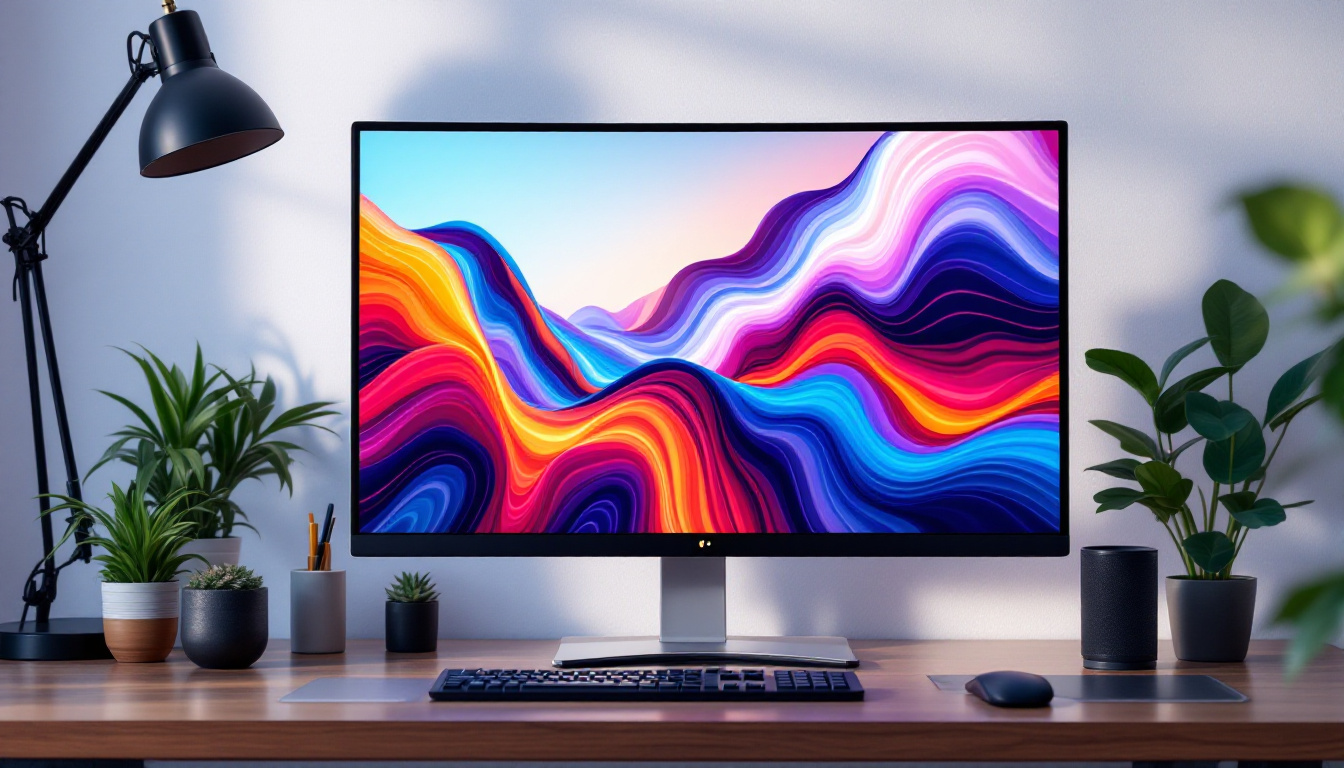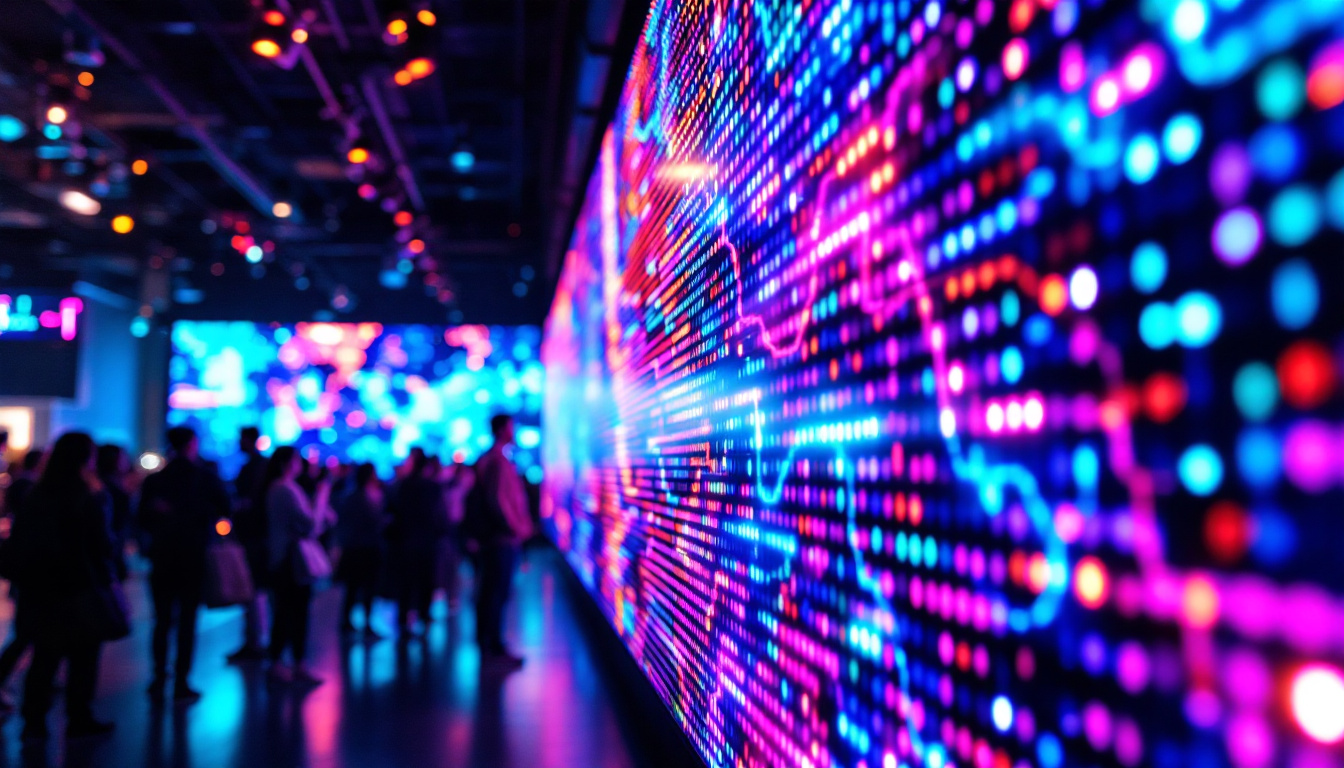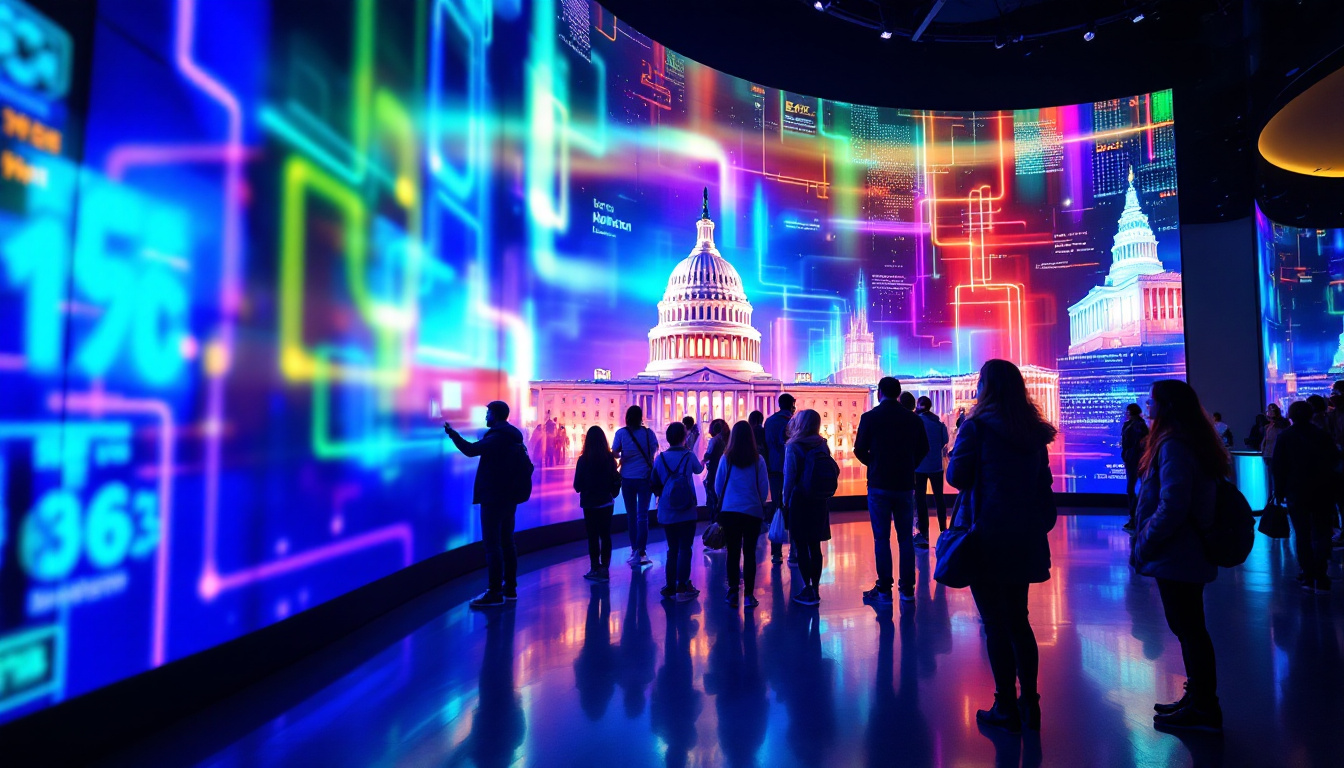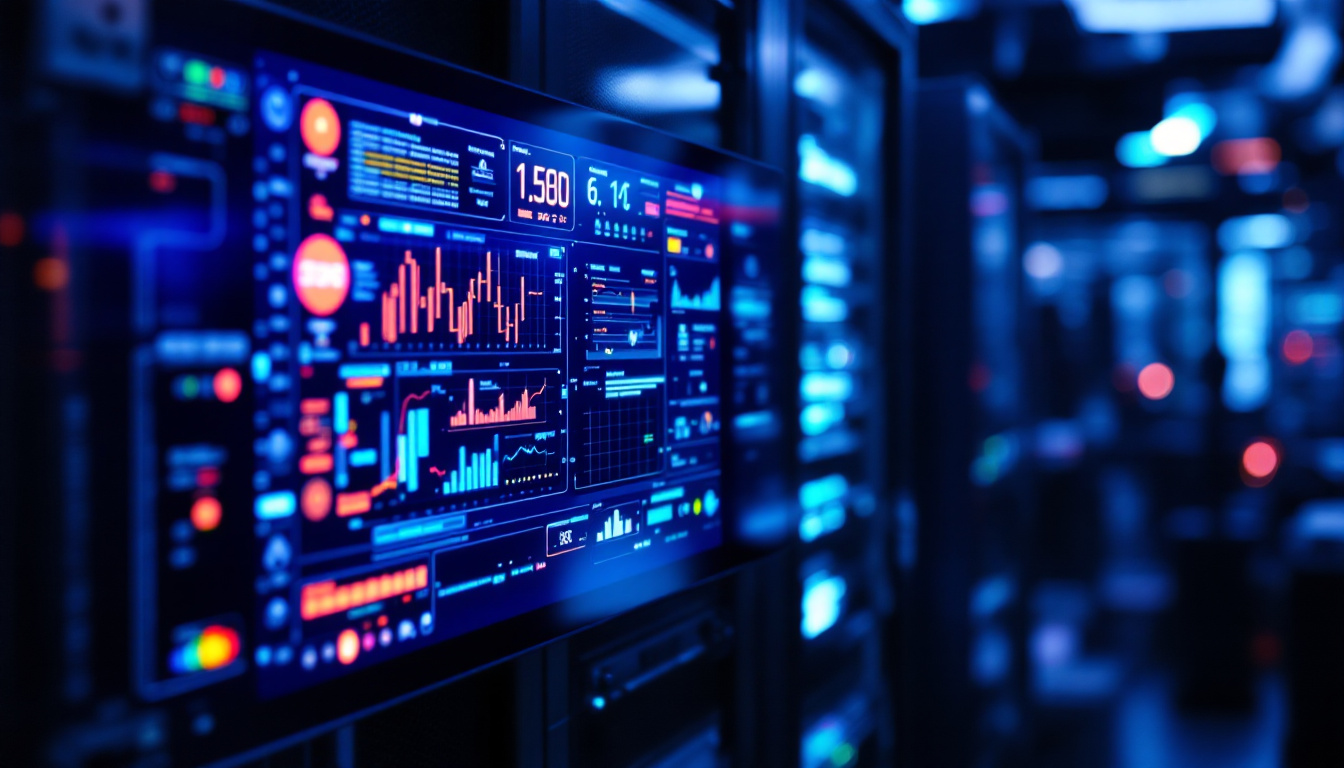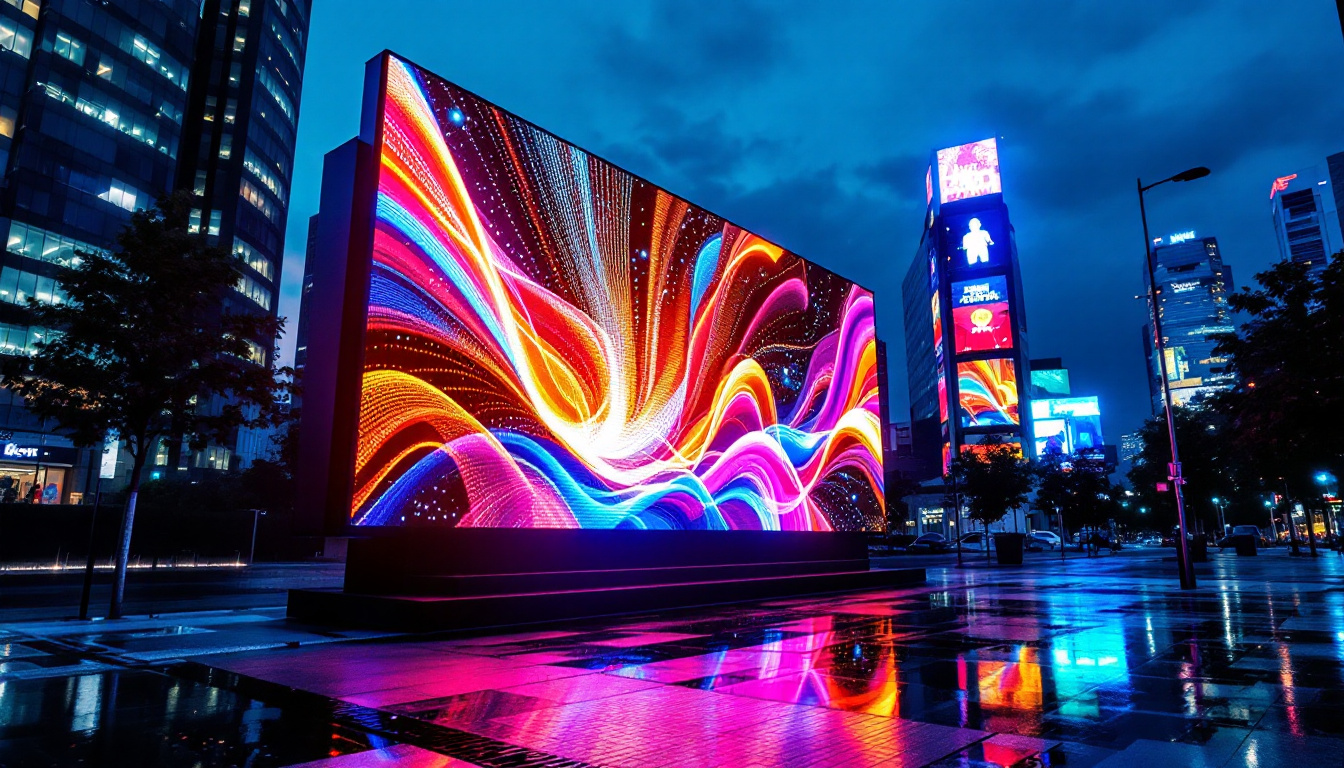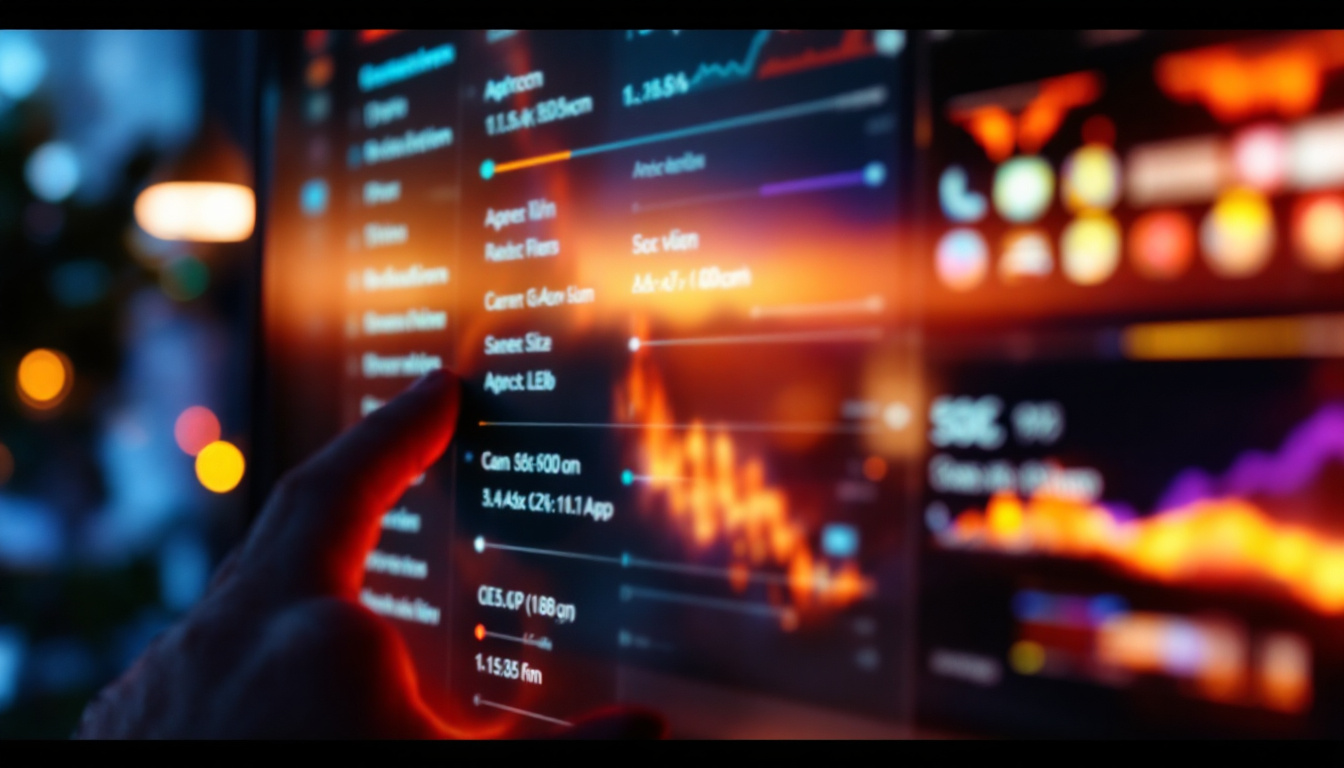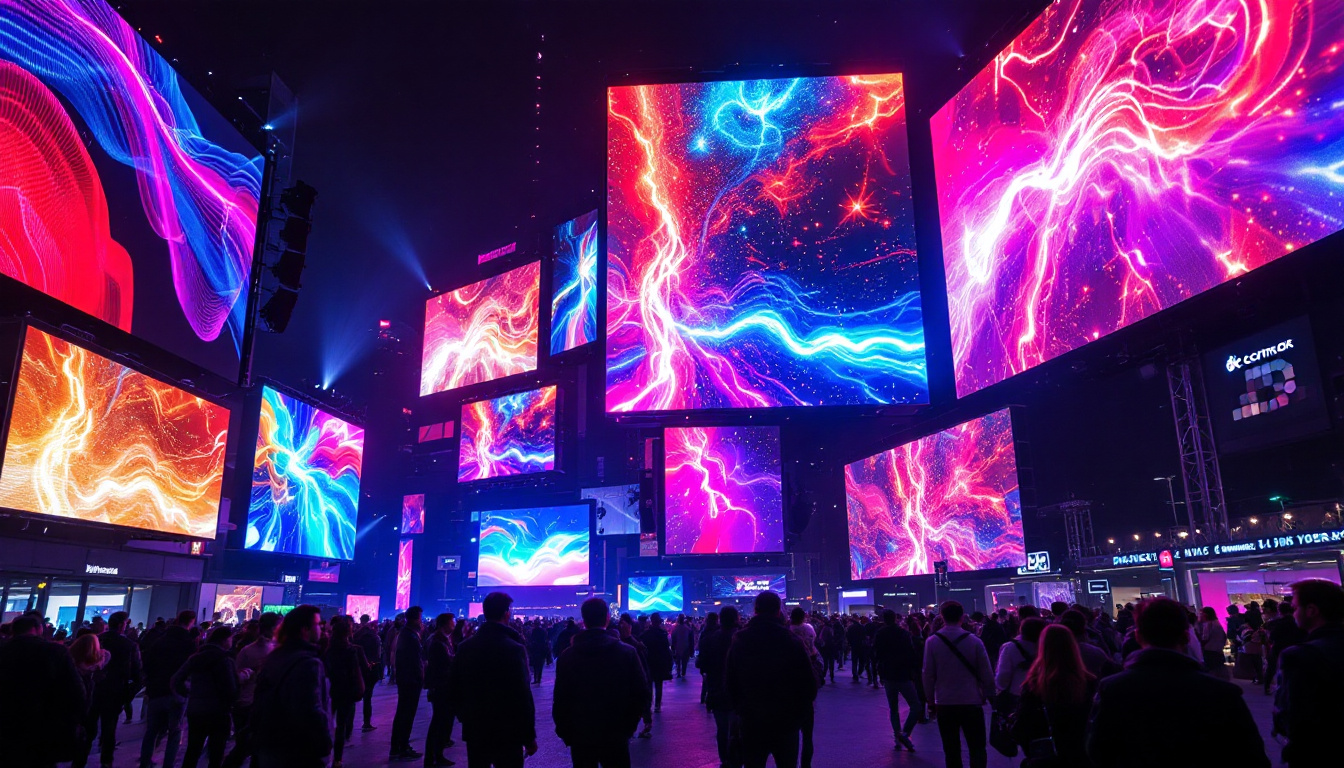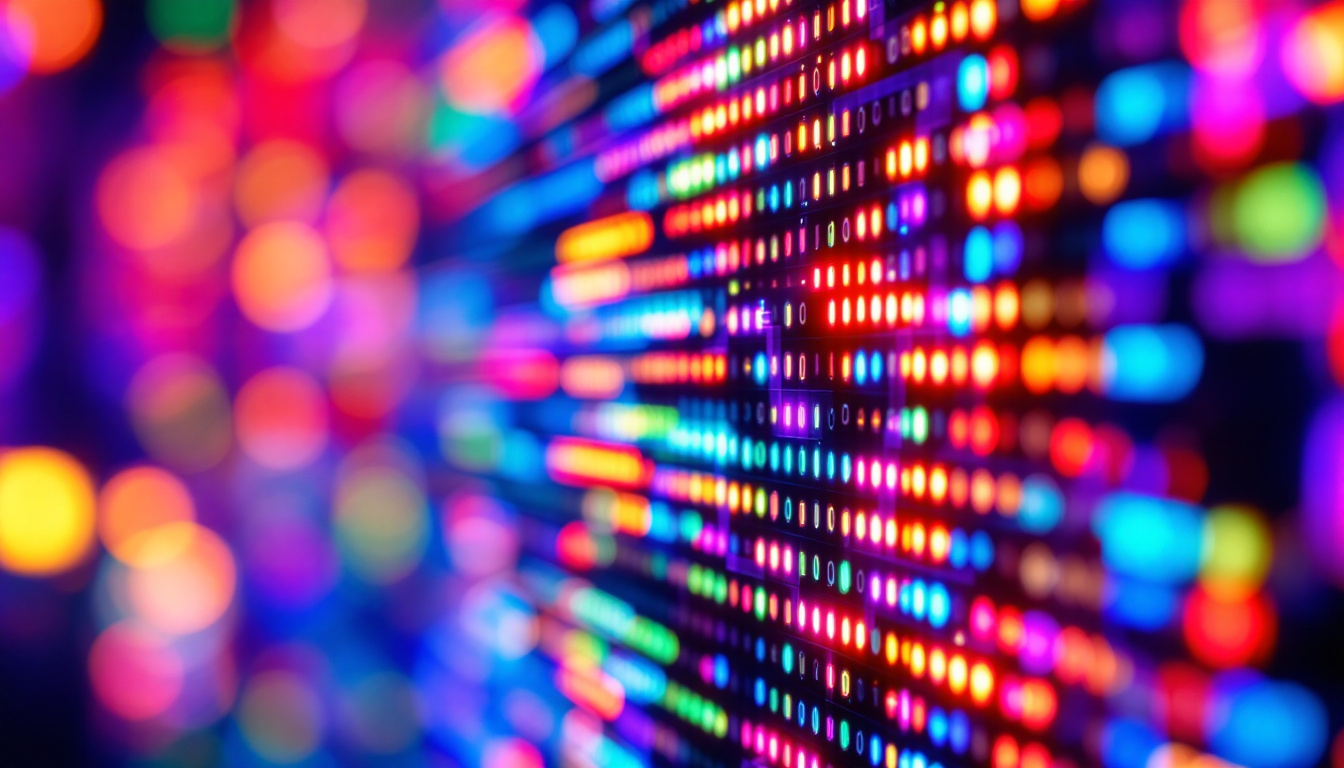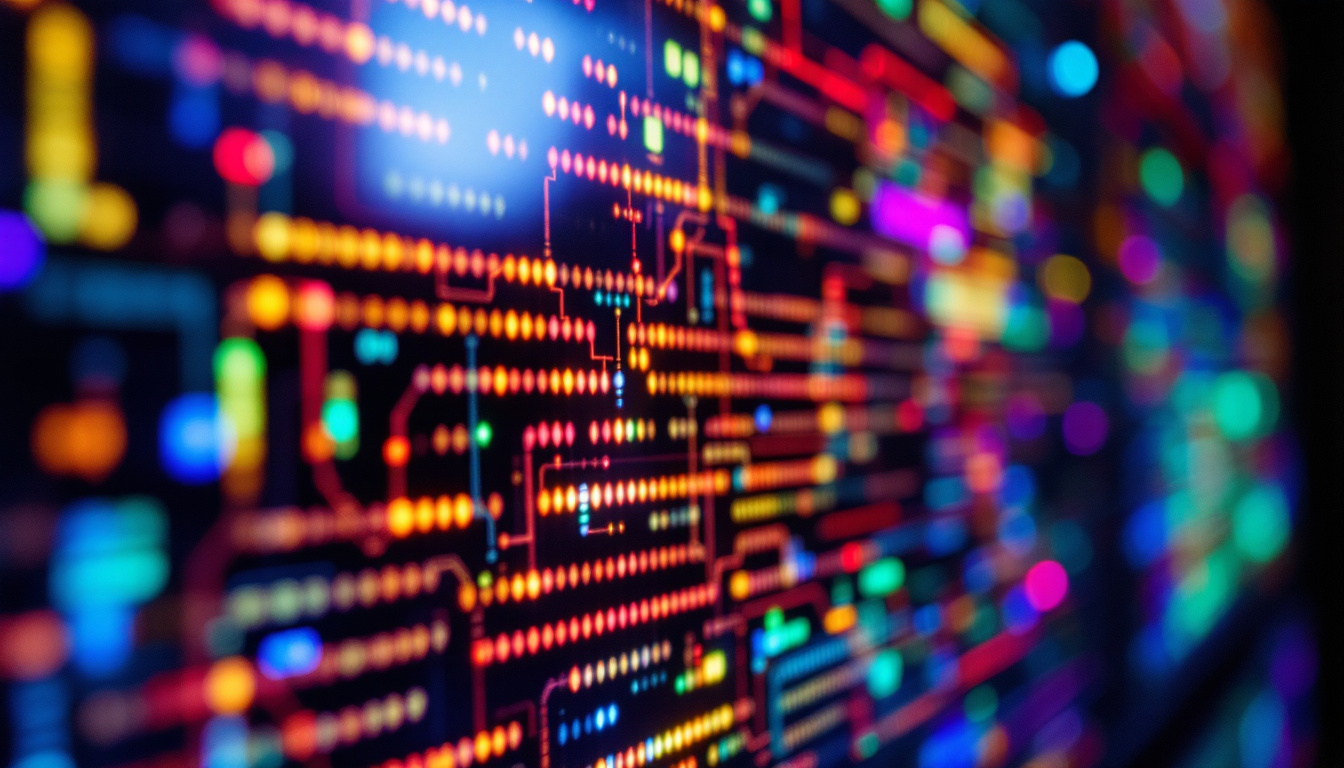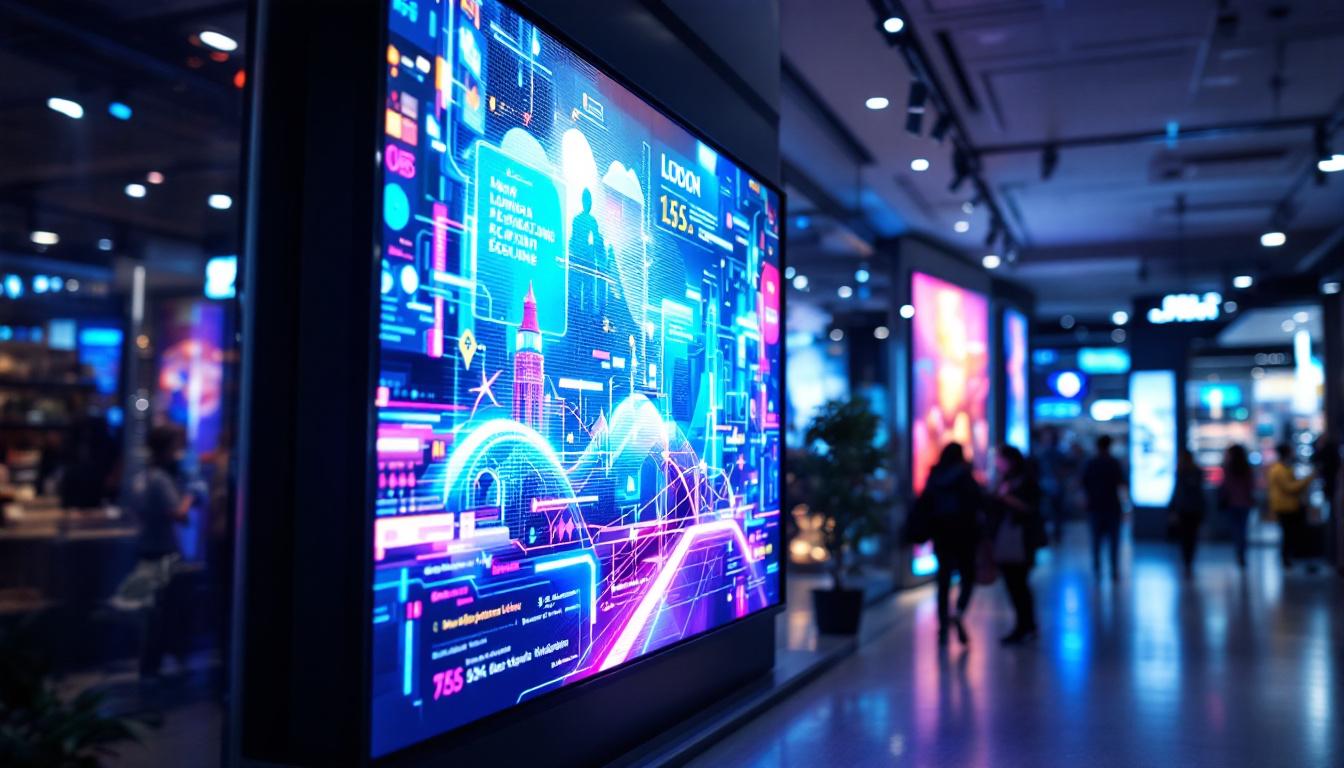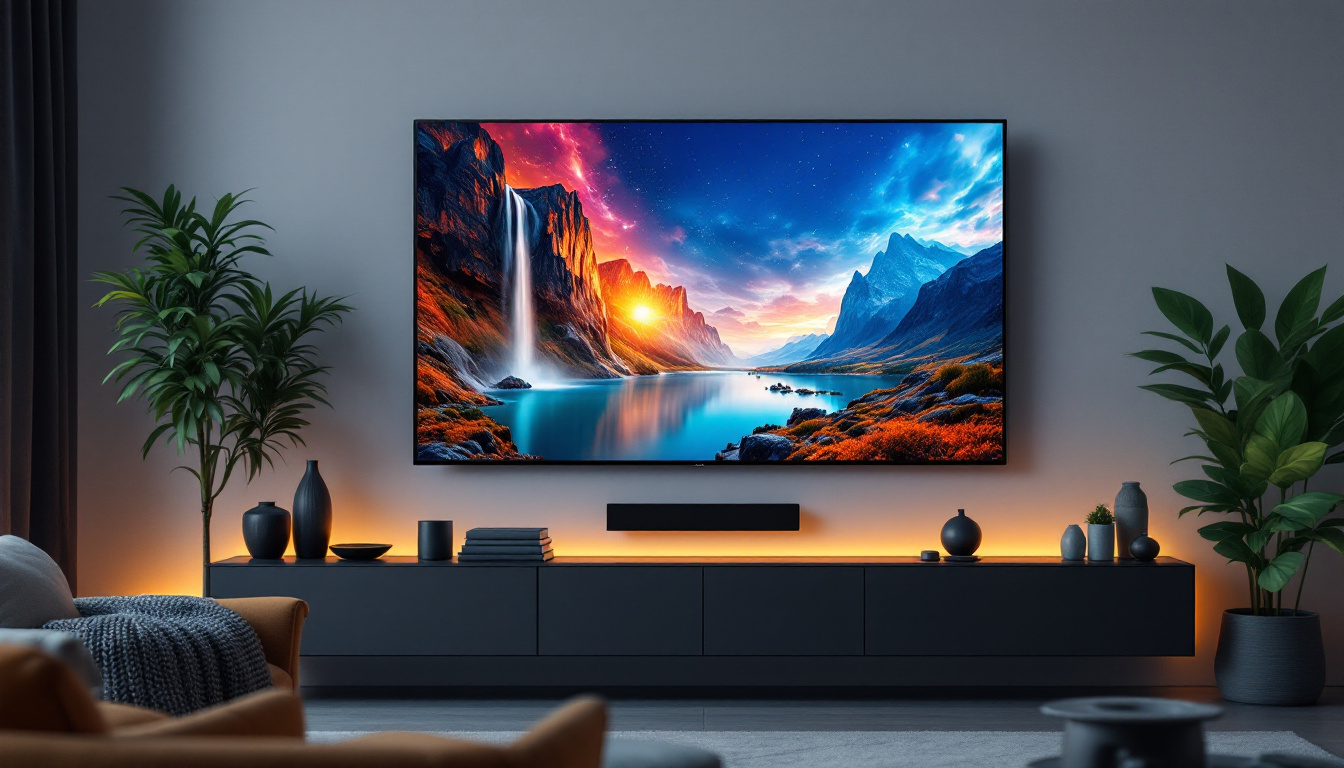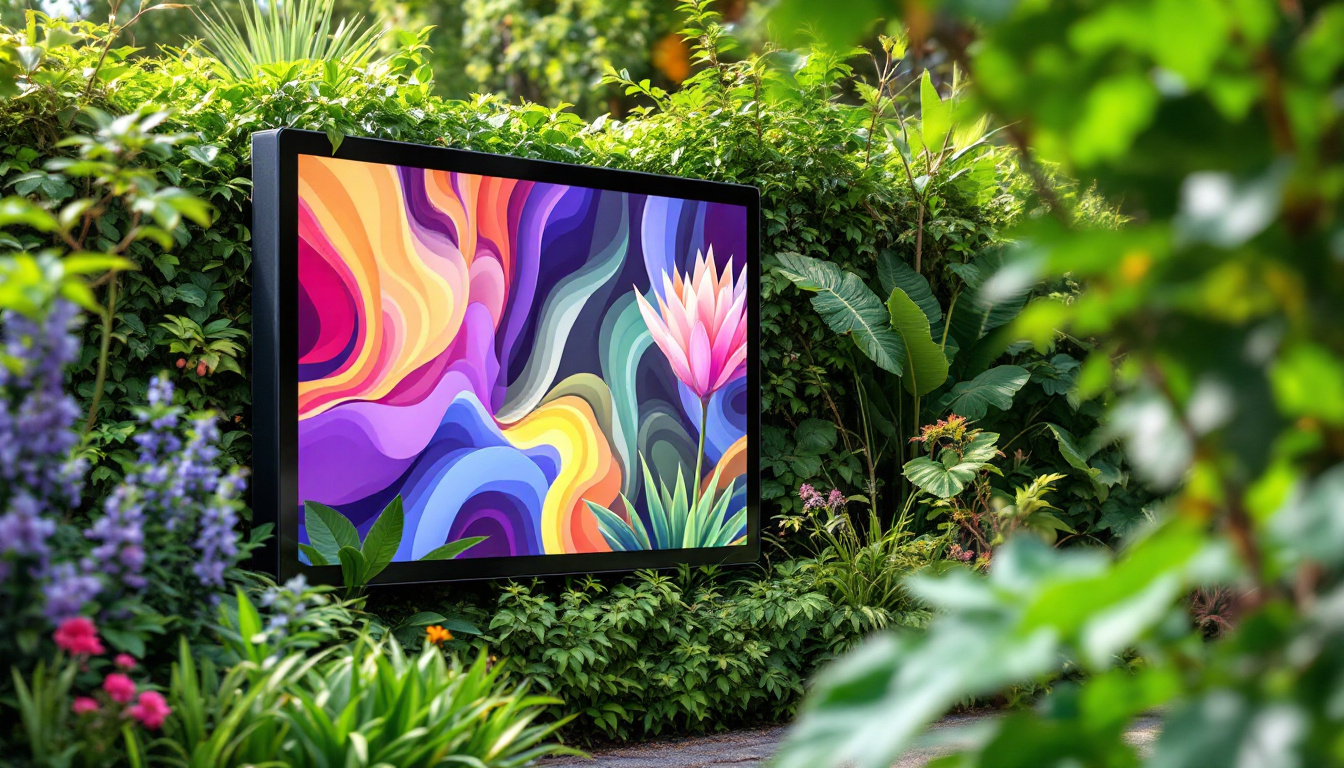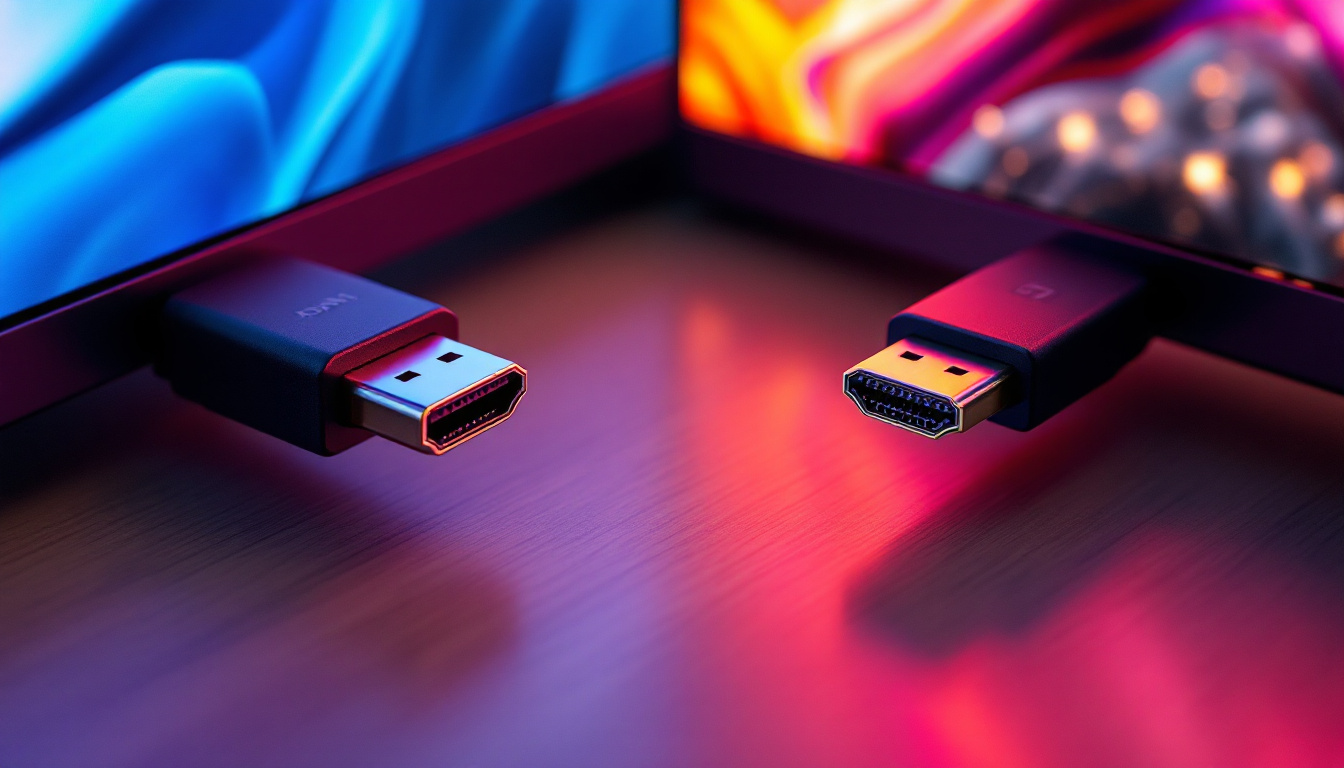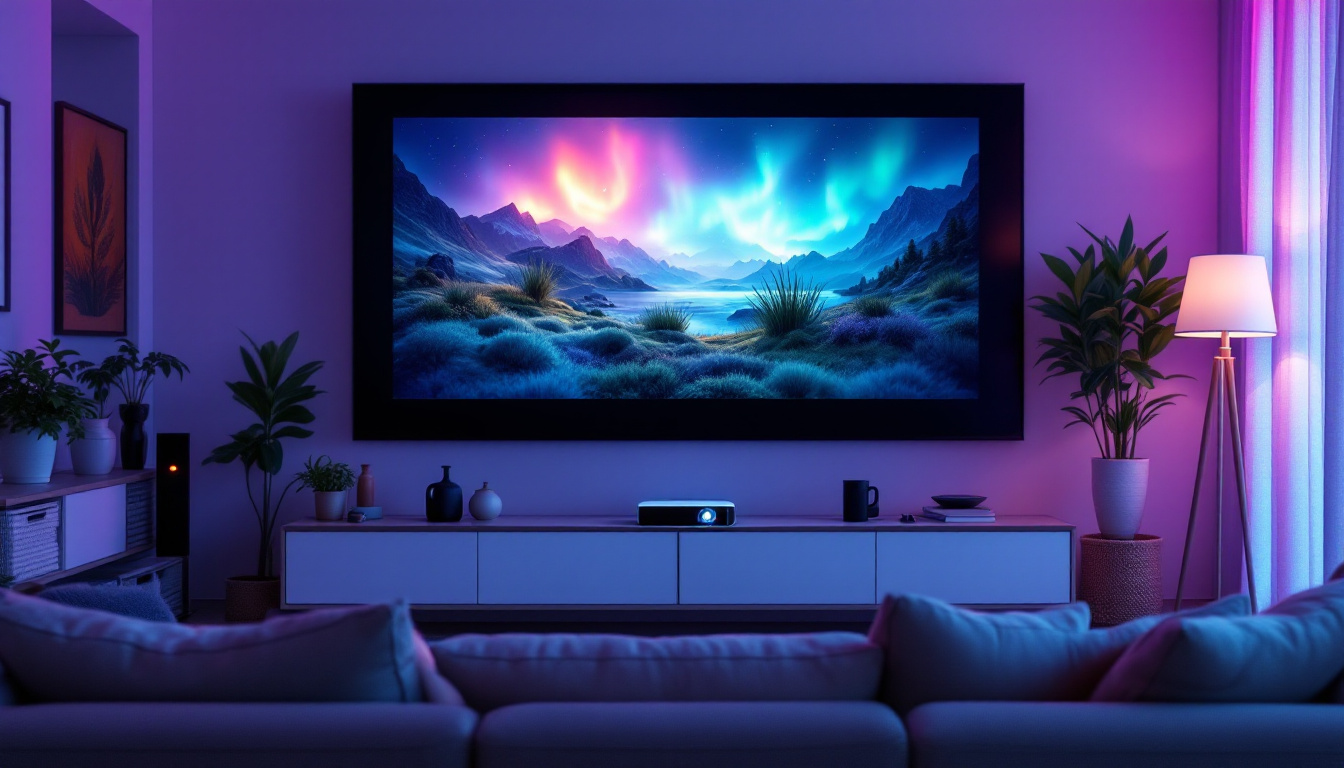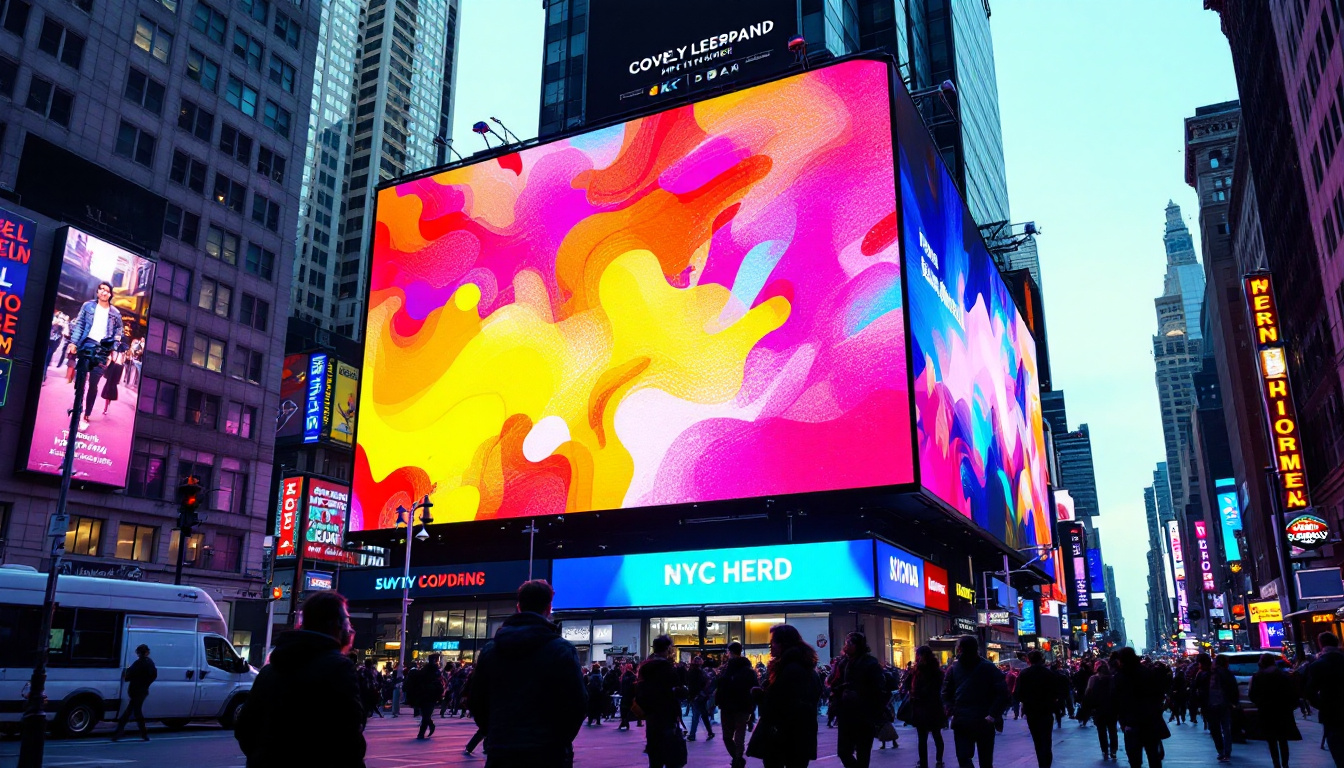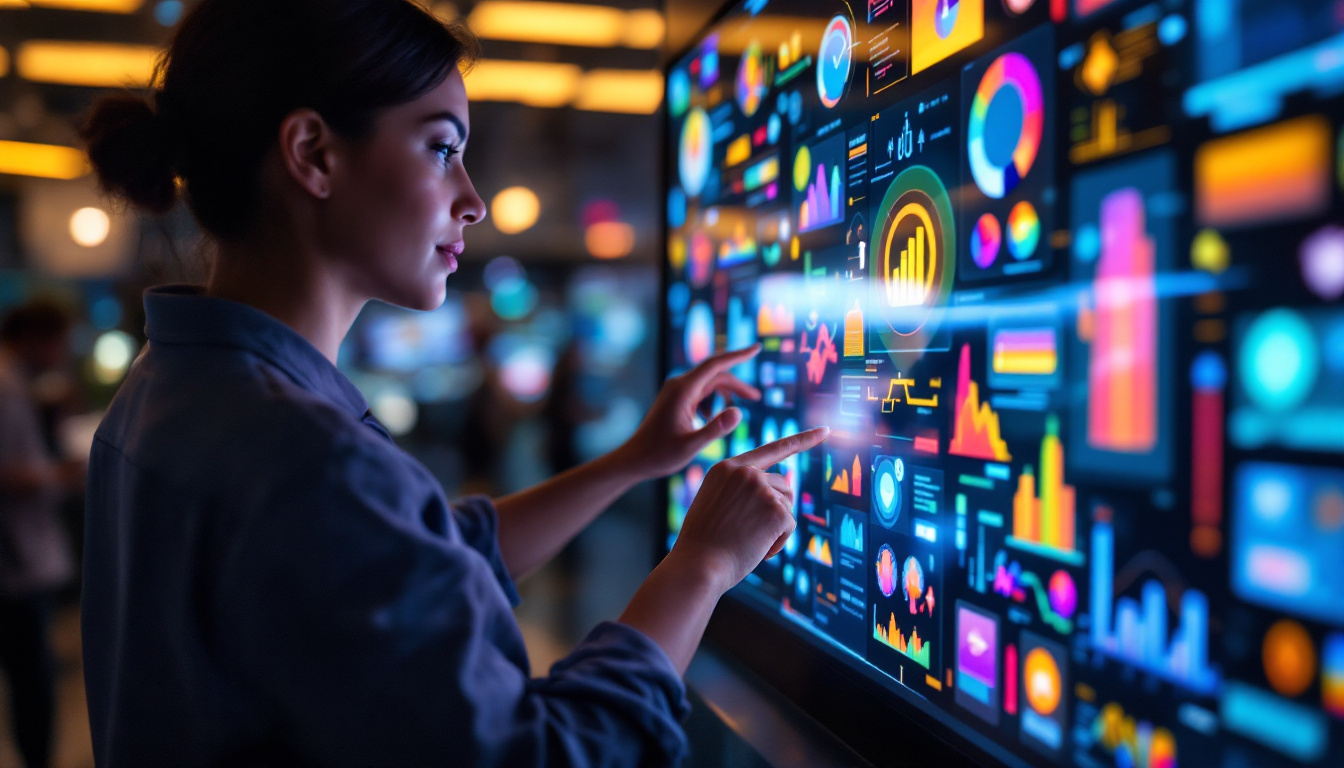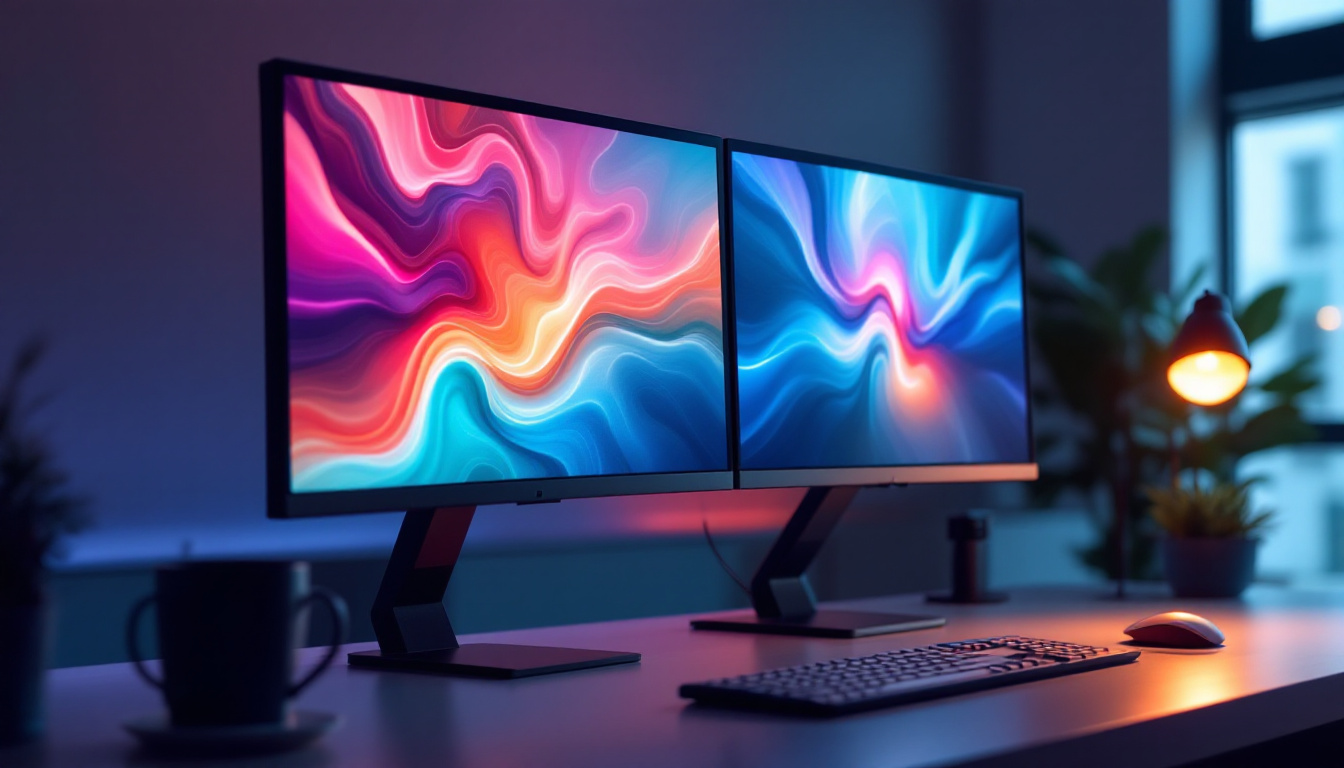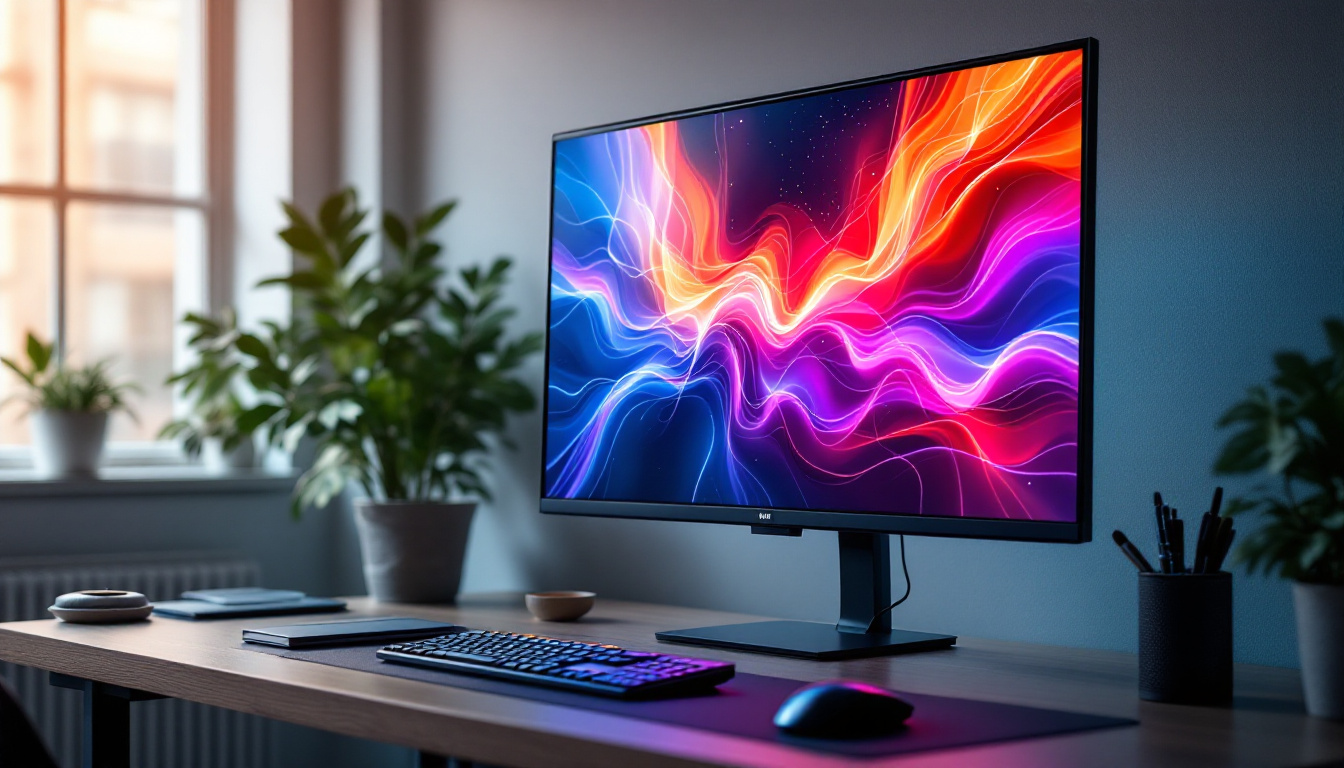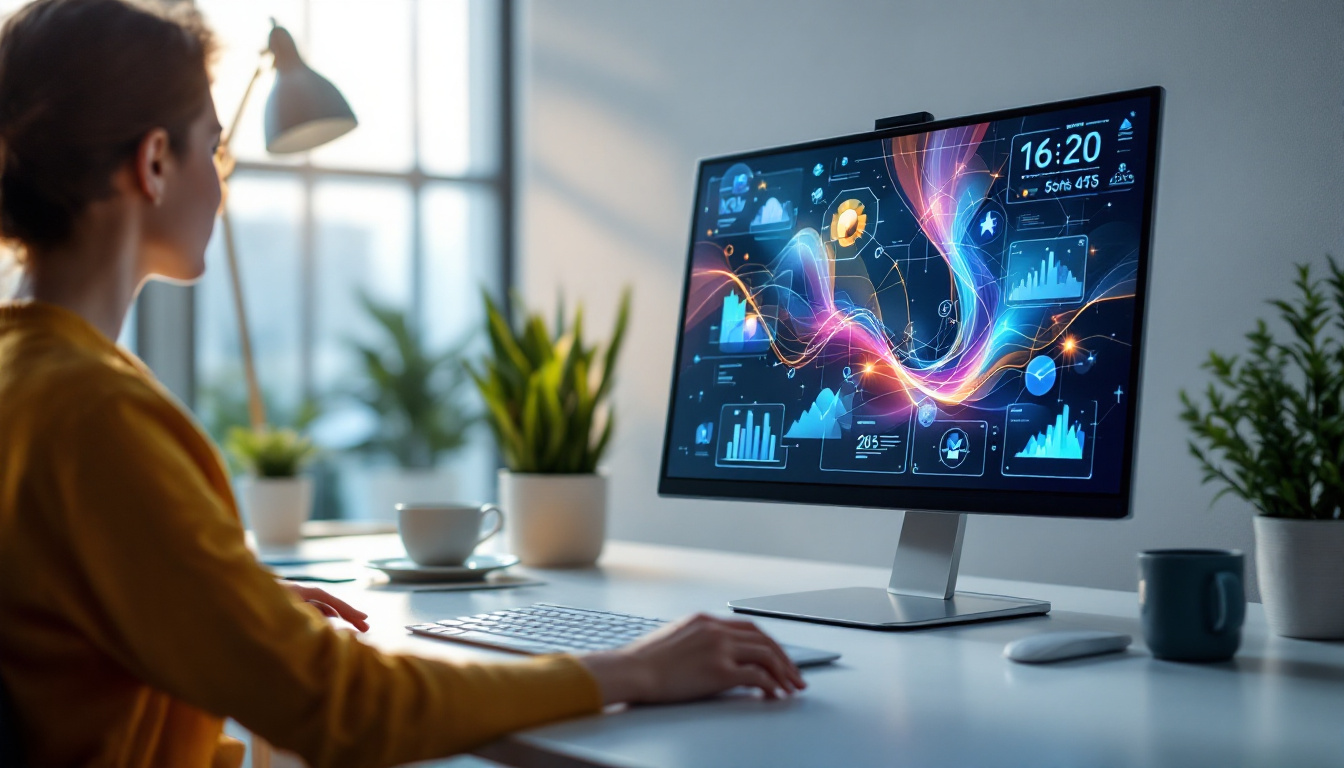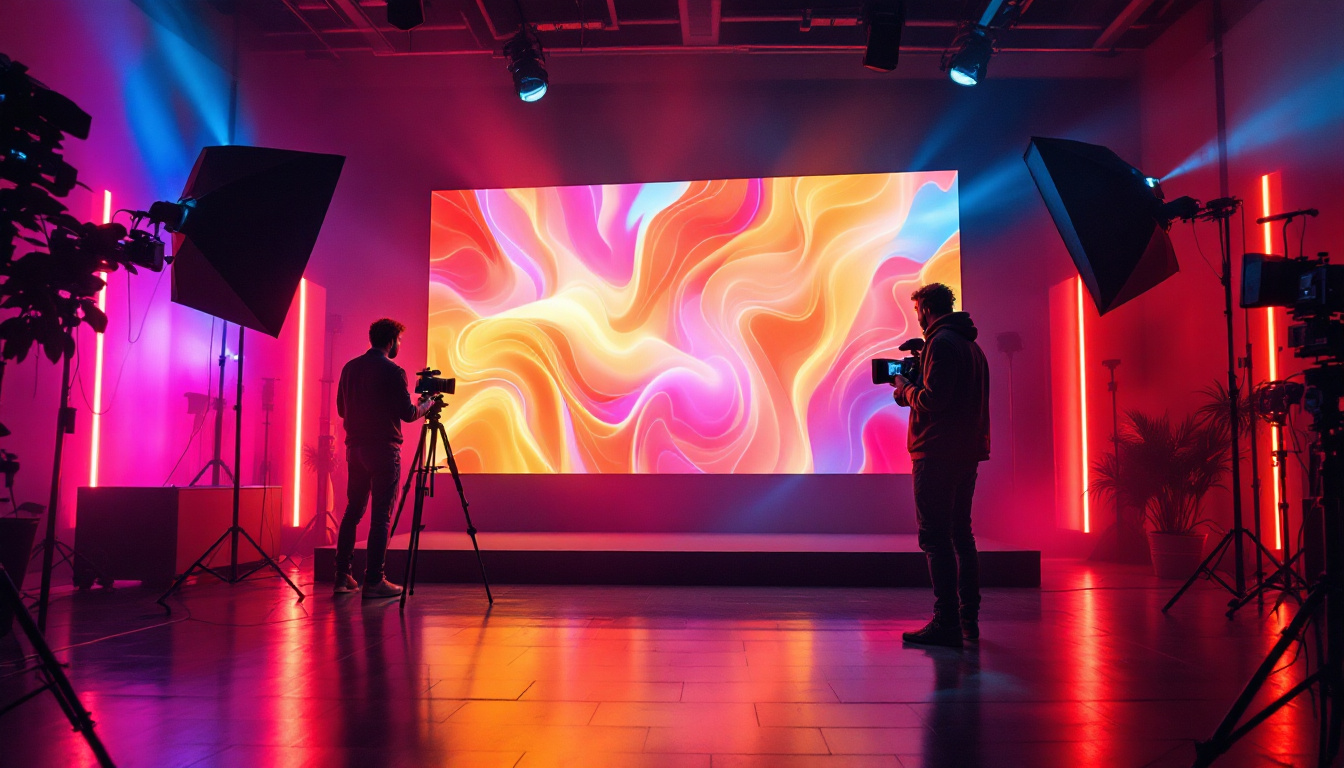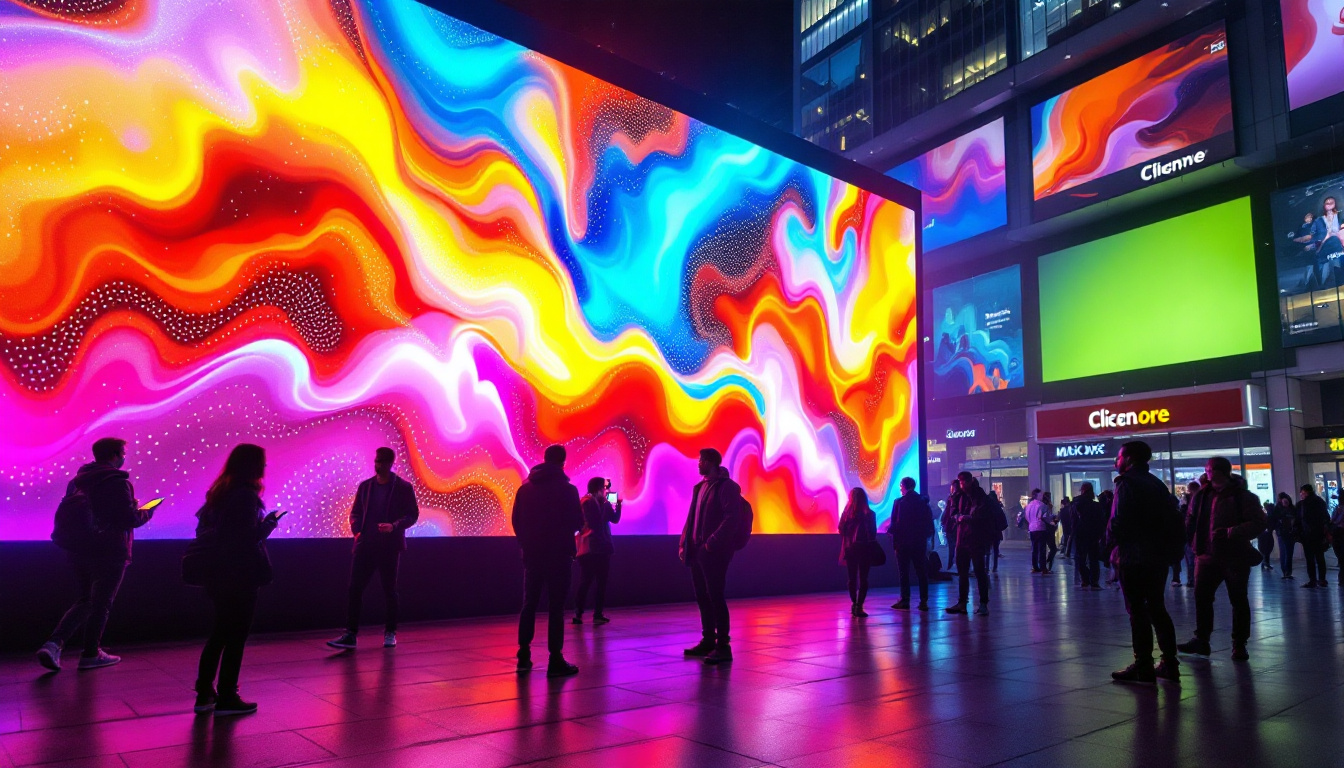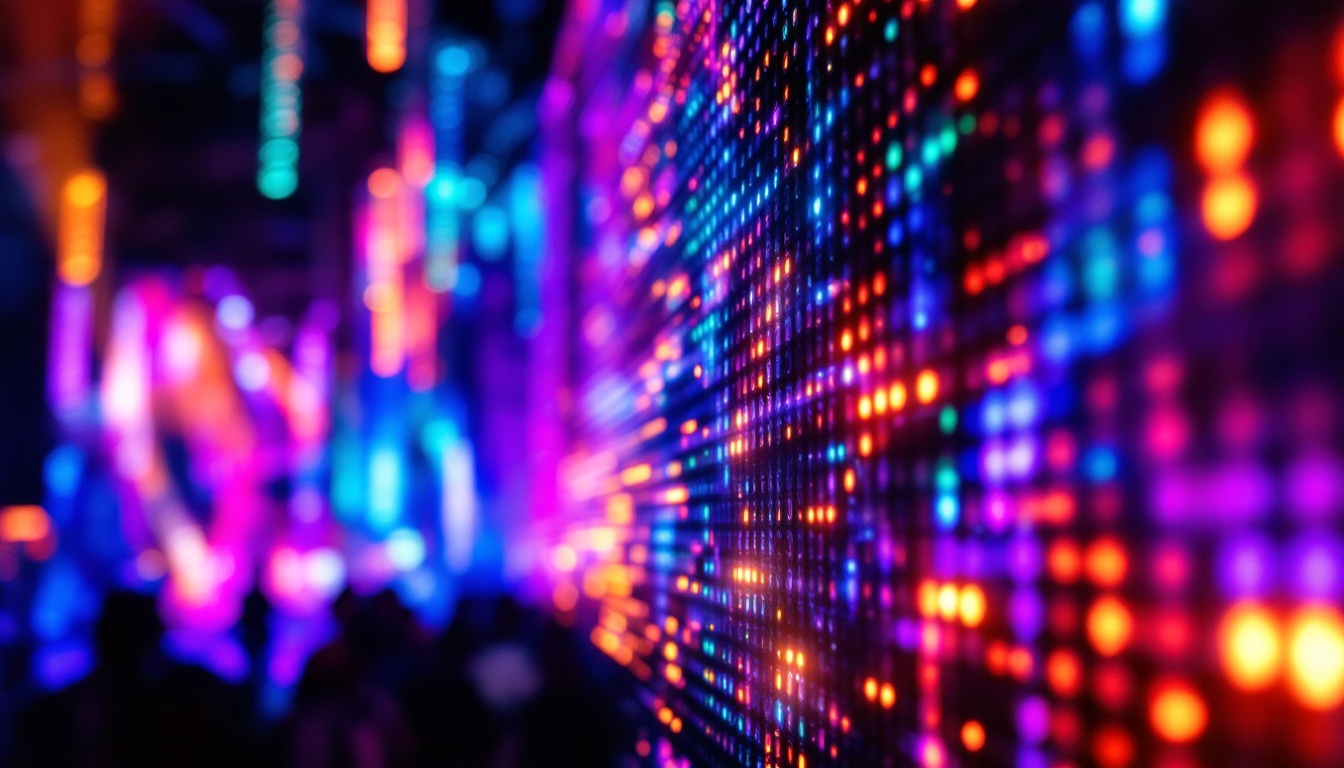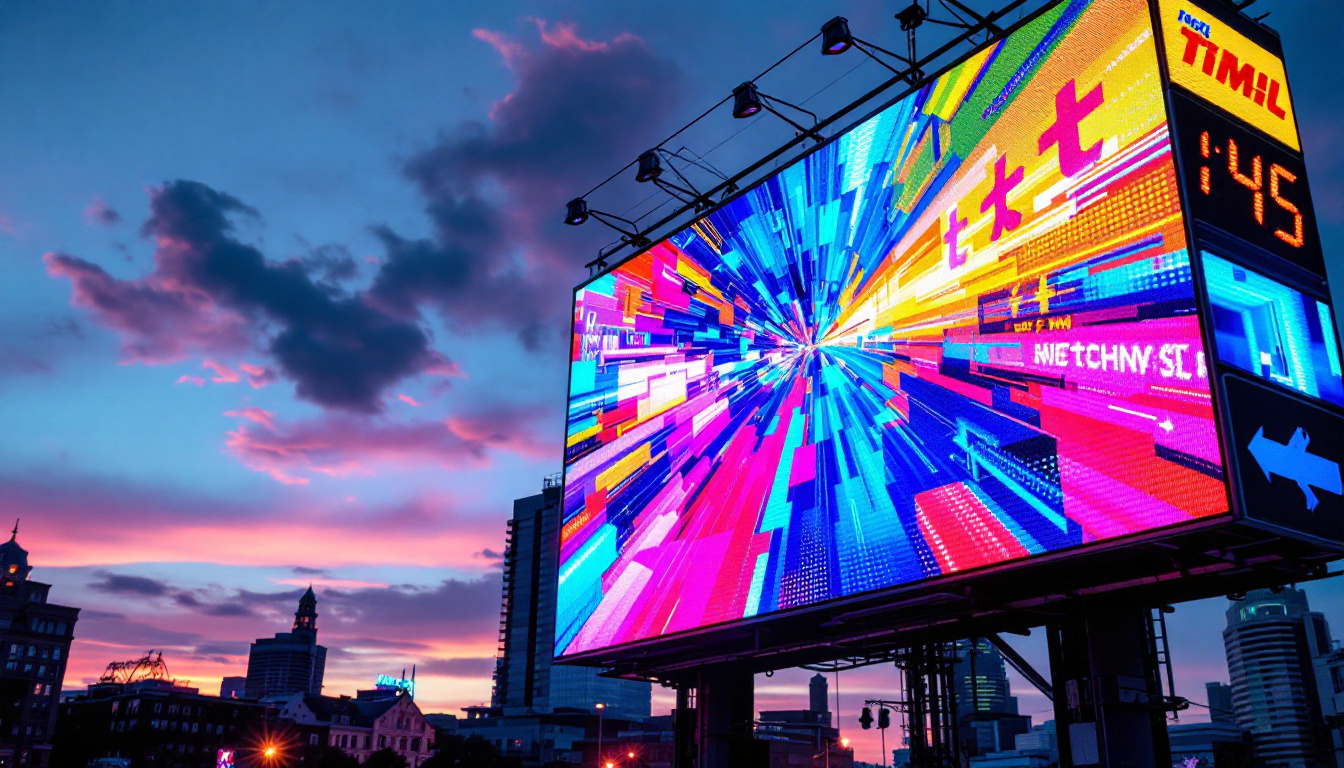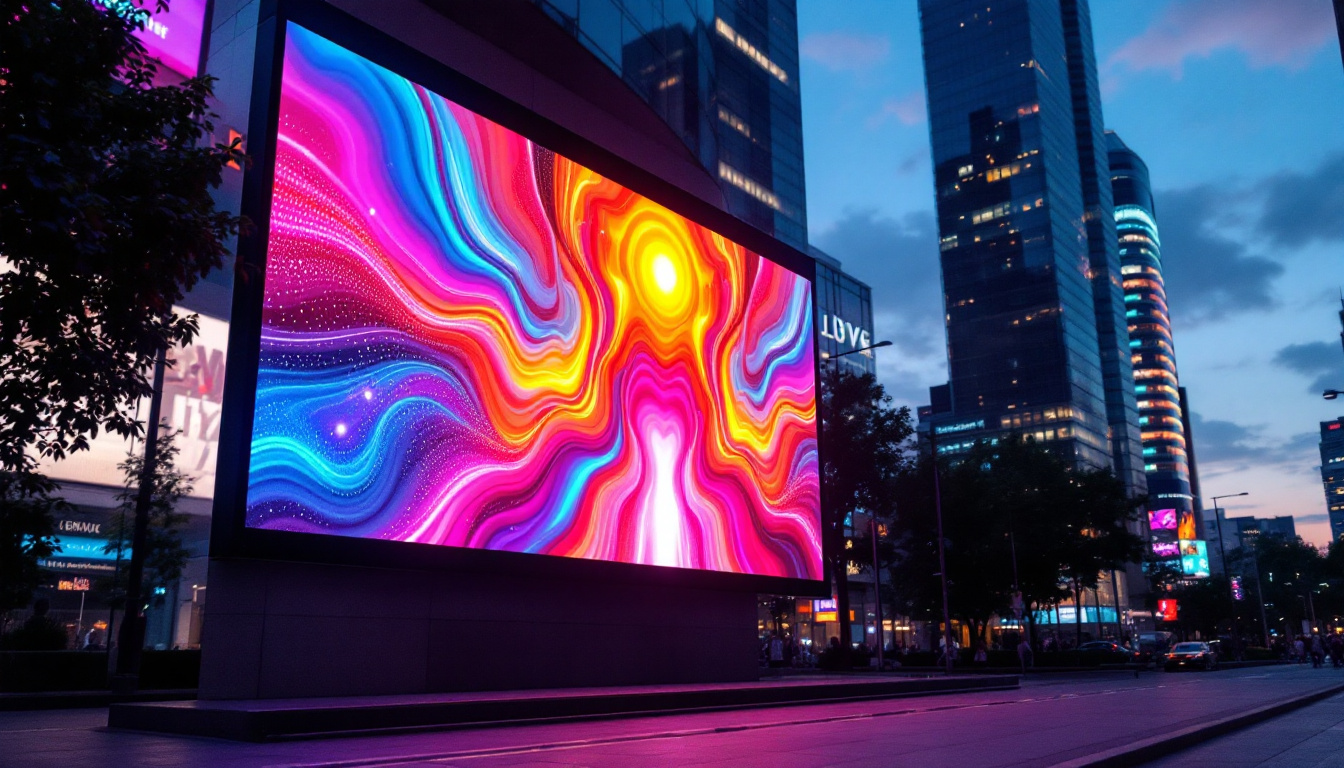In the ever-evolving world of technology, the integration of touchscreens into desktop computers has transformed the way users interact with their devices. The combination of a touchscreen interface with an LED display offers a unique blend of functionality and convenience. This article delves into the intricacies of desktop touchscreen technology, exploring its benefits, applications, and the underlying LED display technology that makes it all possible.
Understanding Touchscreen Technology
Touchscreen technology has become ubiquitous in modern devices, from smartphones to tablets and now, desktops. At its core, a touchscreen allows users to interact directly with what is displayed on the screen, eliminating the need for traditional input devices like a mouse or keyboard.
Types of Touchscreen Technology
There are primarily four types of touchscreen technologies: resistive, capacitive, infrared, and optical. Each type has its unique mechanism and advantages.
- Resistive Touchscreens: These screens consist of two flexible layers separated by a small gap. When pressure is applied, the layers touch, registering the input. They are cost-effective and work well with styluses or gloved hands.
- Capacitive Touchscreens: Utilizing the electrical properties of the human body, capacitive screens respond to touch by detecting changes in capacitance. They are more sensitive and support multi-touch gestures, making them ideal for modern applications.
- Infrared Touchscreens: These screens use infrared light beams to detect touch. When an object interrupts the beams, the system registers a touch. They offer high durability and clarity but can be more expensive.
- Optical Touchscreens: Employing cameras to detect touch, optical screens provide excellent accuracy and are often used in larger displays. However, they can be less effective in bright sunlight.
Benefits of Touchscreen Desktops
Integrating touchscreen technology into desktop computers brings numerous advantages. Firstly, it enhances user experience by allowing for more intuitive interaction. Users can navigate applications, scroll through documents, and manipulate images with simple gestures.
Moreover, touchscreens can improve productivity, particularly in creative fields. graphic designers and artists can utilize touch gestures to draw and edit images directly on the screen, providing a more natural workflow. Additionally, touchscreens can reduce the physical strain associated with prolonged mouse and keyboard use.
Beyond the creative industries, touchscreen desktops are also transforming the way businesses operate. In retail environments, for instance, sales associates can quickly access product information and inventory levels by simply tapping the screen, streamlining the customer service experience. In educational settings, interactive touchscreens facilitate collaborative learning, allowing students to engage with digital content in a hands-on manner. This interactivity can enhance retention and understanding, making lessons more engaging and effective.
Furthermore, the rise of touchscreen technology has led to advancements in software applications designed specifically for touch interfaces. Many developers are creating apps that leverage the unique capabilities of touchscreens, such as gesture recognition and haptic feedback, to provide users with a more immersive experience. This evolution not only broadens the scope of what can be achieved on a touchscreen but also encourages innovation across various sectors, from healthcare to gaming, where touch interaction can significantly enhance user engagement and satisfaction.
LED Display Technology Explained
LED (Light Emitting Diode) displays have gained prominence due to their energy efficiency, brightness, and color accuracy. Understanding how LED technology works is essential to grasp the advantages it offers when paired with touchscreen interfaces.
How LED Displays Work
LED displays consist of an array of tiny light-emitting diodes that create images by lighting up in various colors. These diodes can be arranged in different configurations, including full-color displays and monochrome screens. The technology can be further categorized into two main types: OLED (Organic LED) and standard LED.
OLED displays utilize organic compounds that emit light when an electric current is applied. This allows for deeper blacks and a wider color gamut compared to traditional LED displays, which rely on a backlight to illuminate the screen. The absence of a backlight in OLED technology results in thinner panels and improved energy efficiency. Moreover, OLED technology supports flexible displays, paving the way for innovative designs in smartphones and wearables, where curved or foldable screens can enhance user interaction.
Advantages of LED Displays
LED displays offer numerous benefits that enhance the overall user experience. One of the most significant advantages is their superior brightness. LED screens can achieve higher luminance levels, making them suitable for use in various lighting conditions, including bright environments.
Additionally, LED displays are known for their energy efficiency. They consume less power compared to traditional LCD screens, which translates to lower electricity bills and a reduced carbon footprint. Furthermore, LED technology is highly durable, with longer lifespans and resistance to screen burn-in, a common issue with older display technologies. This durability makes LED displays ideal for a range of applications, from commercial advertising billboards to home entertainment systems. The ability to maintain color consistency over time also ensures that users enjoy a high-quality viewing experience without the degradation often seen in other display types.
Another noteworthy advantage of LED technology is its rapid response time, which is crucial for applications requiring high refresh rates, such as gaming and video playback. This characteristic minimizes motion blur and enhances the clarity of fast-moving images, providing a smoother visual experience. Additionally, advancements in LED technology have led to the development of HDR (High Dynamic Range) displays, which can produce a broader spectrum of colors and contrast ratios, further enriching the viewing experience. As a result, LED displays are becoming increasingly popular not just in consumer electronics but also in professional environments, where precision and quality are paramount.
Combining Touchscreen and LED Technology
The marriage of touchscreen technology with LED displays creates a powerful tool for users across various sectors. This combination not only enhances the visual experience but also improves interactivity, making it a popular choice for both personal and professional applications.
Applications in Various Industries
Touchscreen LED desktops are making waves in numerous industries. In education, interactive displays allow teachers to engage students more effectively by using visual aids and interactive lessons. Students can participate actively by touching the screen to answer questions or explore educational content. This hands-on approach not only aids in retention but also caters to various learning styles, ensuring that visual, auditory, and kinesthetic learners all benefit from the technology.
In the corporate world, touchscreen desktops facilitate presentations and collaborative work. Teams can brainstorm ideas on a shared screen, making it easier to visualize concepts and gather input from multiple participants. This level of interaction fosters creativity and enhances communication. Moreover, the ability to annotate directly on the screen during meetings allows for real-time feedback and adjustments, streamlining the decision-making process and making it more dynamic.
Gaming and Entertainment
The gaming industry has also embraced touchscreen LED technology, providing gamers with immersive experiences. Touchscreen controls allow for intuitive gameplay, enabling players to interact with their environment in a more engaging manner. Additionally, the vibrant colors and sharp images produced by LED displays enhance the overall gaming experience. Developers are increasingly designing games that utilize these features, creating unique gameplay mechanics that leverage touch sensitivity, such as swiping, pinching, and tapping, which can lead to more strategic and nuanced interactions.
In the realm of entertainment, touchscreen LED displays are becoming common in home theaters and media centers. Users can easily navigate through their favorite movies and shows with a simple touch, making the viewing experience seamless and enjoyable. Furthermore, these displays often come equipped with smart technology, allowing for voice commands and integration with various streaming services. This not only simplifies the user interface but also enhances accessibility for all users, including those with mobility challenges, making it easier than ever to enjoy high-quality entertainment from the comfort of home.
Choosing the Right Touchscreen LED Desktop
When selecting a touchscreen LED desktop, several factors should be considered to ensure it meets individual needs and preferences. Understanding the specifications and features is crucial for making an informed decision.
Screen Size and Resolution
The screen size and resolution are vital considerations. Larger screens provide more workspace and are ideal for multitasking, while higher resolutions, such as 4K, offer sharper images and better clarity. Users should evaluate their specific tasks and choose a size and resolution that enhances productivity.
Touchscreen Sensitivity and Response Time
Touchscreen sensitivity is another critical factor. A responsive touchscreen ensures that inputs are registered accurately and quickly, enhancing user experience. Look for devices that support multi-touch gestures, allowing for more complex interactions.
Additionally, response time is essential, particularly for gaming and fast-paced applications. A lower response time minimizes lag, providing a smoother experience.
Future Trends in Touchscreen LED Technology
The future of touchscreen LED technology looks promising, with several trends on the horizon that are set to redefine user interaction and display capabilities. Innovations in both touchscreen and LED technologies are paving the way for more advanced and versatile devices.
Advancements in Display Technology
Future advancements in display technology may lead to even more vibrant colors and improved energy efficiency. MicroLED technology, for instance, is emerging as a potential game-changer, offering the benefits of OLED without some of its drawbacks, such as burn-in issues. This technology could lead to displays that are even thinner, lighter, and more energy-efficient.
Integration of AI and Touchscreen Interfaces
Artificial intelligence (AI) is increasingly being integrated into touchscreen interfaces, allowing for smarter interactions. AI can analyze user behavior and preferences, providing personalized experiences and recommendations. This integration will likely enhance productivity and user satisfaction in various applications.
Conclusion
The integration of touchscreen technology with LED displays has revolutionized the way users interact with their desktop computers. With a range of benefits, from enhanced interactivity to improved visual quality, touchscreen LED desktops are becoming an essential tool in various sectors, including education, corporate, gaming, and entertainment.
As technology continues to advance, the future of touchscreen LED desktops looks bright. With ongoing innovations in display technology and the integration of AI, users can expect even more intuitive and engaging experiences. Whether for work or play, the combination of touchscreen and LED technology is set to redefine the desktop computing landscape.
Discover the Future of Touchscreen LED Displays with LumenMatrix
Ready to experience the cutting-edge of touchscreen LED technology? LumenMatrix is at the forefront of innovation, offering a wide array of LED display solutions that bring your content to life. From captivating Indoor LED Wall Displays to dynamic Outdoor LED Wall Displays, and from versatile Vehicle LED Displays to sleek LED Poster Displays, our products are designed to revolutionize visual communication. Embrace the future with our LED Sports Displays, interactive Floor LED Displays, and the revolutionary All-in-One LED Display. Don’t miss out on our Custom LED Display options and the stunning clarity of LED Transparent Displays. Elevate your brand’s visibility and create immersive visual experiences with LumenMatrix. Check out LumenMatrix LED Display Solutions today and transform the way you engage with your audience.


